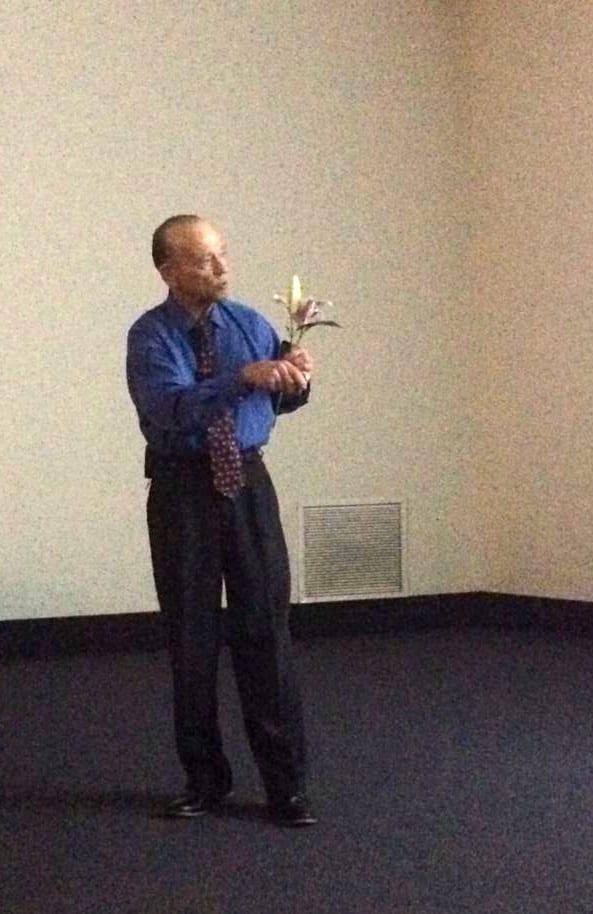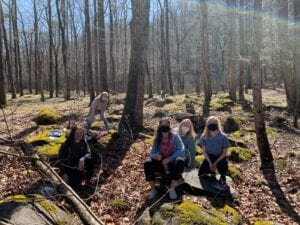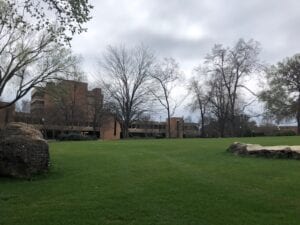Botanist celebrates importance of accuracy in floral illustrations
Botanist Barney Lipscomb spoke on the importance of scientific accuracy in nineteenth century floral illustrations at UT’s McClung Museum on Wednesday, Oct. 22.

Botanist Barney Lipscomb speaking on Floral Illustrations.

Botanist Barney Lipscomb spoke on the importance of scientific accuracy in nineteenth century floral illustrations at UT’s McClung Museum on Wednesday, Oct. 22.
The lecture was titled “A Botanists Eye–Redoute and the Art of Floral Illustrations” and was given as part of the museum’s current “Birds, Bugs and Blooms: Natural History Illustration from the 1500s-1800s” exhibit.
Lipscomb is the Dorothea L. Leonhardt Chair of Texas Botany at the Botanical Research Institute of Texas. His lecture primarily focused on the notion that “botanical illustration is not only an art form but an aid to science.” Libscomb touched on the history of many talented botanical illustrators, but the one who dominated his lecture was Pierre-Joseph Redoute.
Redoute, Lipscomb explained, was unlike the other botanical illustrators of the his time. Redoute was able to accurately combine art and science. He realized the grave importance of scientific accuracy in depicting a plant in his art, but was also able to create something stunningly beautiful and intricate.
Catherine Shteynberg is one of the exhibit curators for the “Birds, Bugs and Blooms” exhibit.
“He talked about sort of the origins of natural history illustration and why it came about and the fact that its this really interesting mix of art and science together,” said Shteynberg. “And so that really strikes at the heart of what the exhibit upstairs is about.”
Redoute’s art, along with many others, can be seen as part of the McClung Museum’s temporary “Birds, Bugs and Blooms” exhibit.
For more information on the exhibit, visit the McClung Museum’s website.
Edited by Jessica Carr



